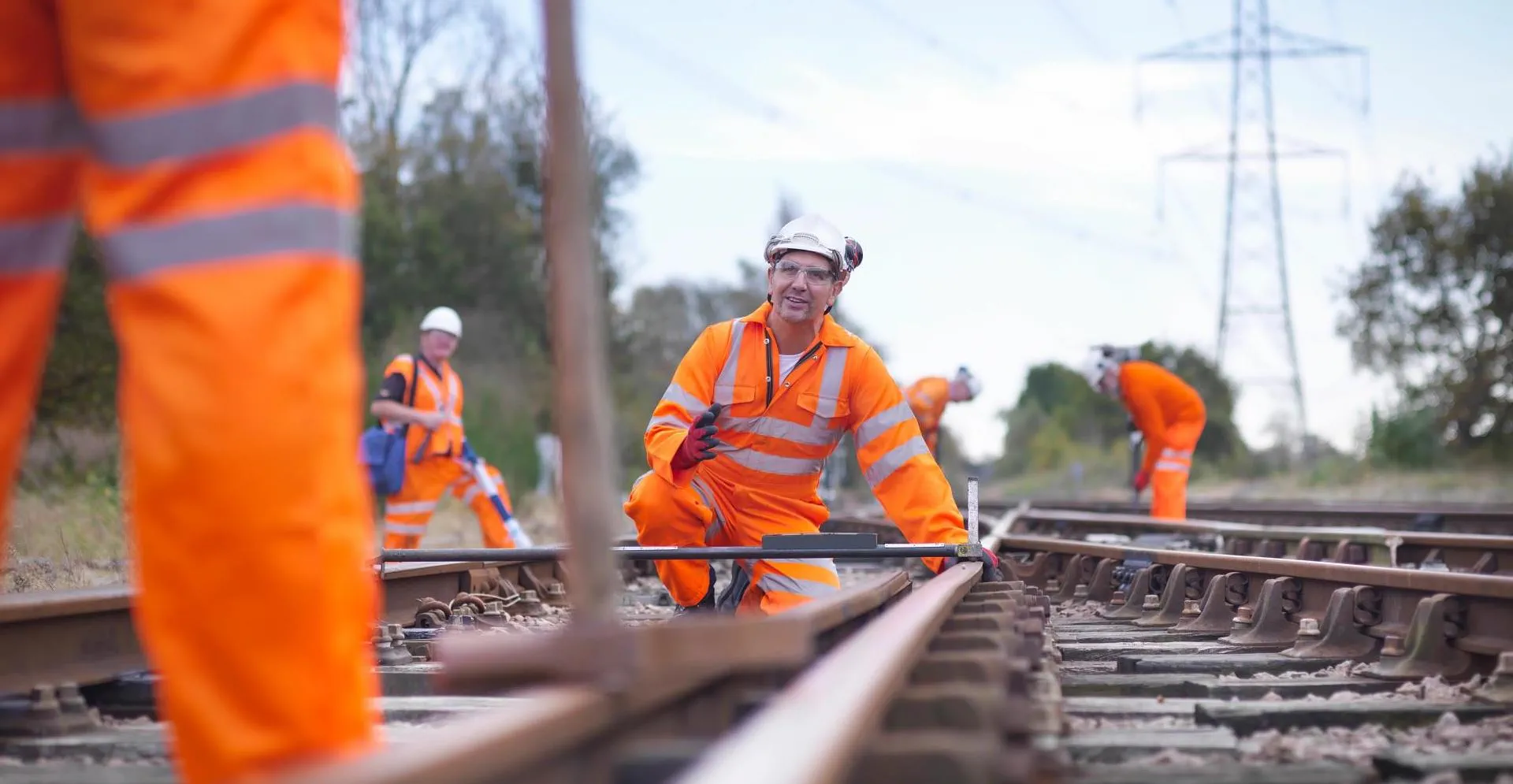A performance-based approach determines when, where and how often interventions are needed, based on understanding the risk of failure and prevention.
Arcadis has teamed up with Network Rail to trial an innovative approach to asset management.
The long-term aim is to help Network Rail become more efficient and improve end user experience by developing and implementing maintenance regimes based on asset performance.
Ultimately, Arcadis believes this will save the track operator time and money, while providing a better service for track workers and customers. By deploying resources proactively on assets that could impact operational performance in the future, this will help reduce the number of technical failures, unplanned interventions and ultimately improve service reliability for passengers.
The pilot is founded on the performance- based maintenance model implemented in the Netherlands by Asset Rail, a joint venture between Arcadis and Dutch contractor Dura Vermeer. The joint venture first rolled out its maintenance model there in 2009. It now successfully manages a third of the country’s routes.
This innovative approach model has been a continuing success with technical failures reduced by 64% and maintenance costs down by 40%.
The model moves away from prescribed “one-size-fits-all” mandatory maintenance interventions. Instead, a mix of targeted data analytics combined with technical insights is used to predict when an asset will need maintaining by identifying which assets will have the biggest impact on performance should they fail.
A performance-based approach determines when, where and how often interventions need to be made based on understanding the risk of failure, and prevention to maximise performance. On high frequency routes, interventions are carried out earlier and more frequently than normal with low frequency routes having much greater maintenance intervals.
What you end up with is a tailored and efficient maintenance regime that focuses the effort where it is most beneficial to achieving a safe and high performing railway.
The ongoing pilot is taking place on the 19km stretch of railway running into London Paddington station on Network Rail’s Western route.
The trial is being carried out in phases to ensure that Network Rail’s maintenance engineers buy-in to the change in working practices and the cultural shift that comes with it.
To change the way a system works has to be done systematically, you have to get the buy-in of everyone involved in the maintenance of the railway. That is why we are doing this in a phased approach. It is a big step change from the way the railway has been maintained for decades. You can’t just flick a switch and expect it to all improve from day one.
Arcadis has developed a highly beneficial functional systems model which enables the asset owner to systematically understand asset criticality and intervention impact when adjusting its maintenance strategies and plans.
The second major change is evaluating the root causes of failures to predict where similar faults may exist on the railway.
This has already been very insightful, enabling new strategies to be developed that prevent service affecting failures.
If successful, the trial could be scaled to cover the entire Western route and eventually nationwide.
This blog was originally published in New Civil Engineer and can be read here - Innovation showcase | Arcadis asset management model aims to save Network Rail time and money | New Civil Engineer






